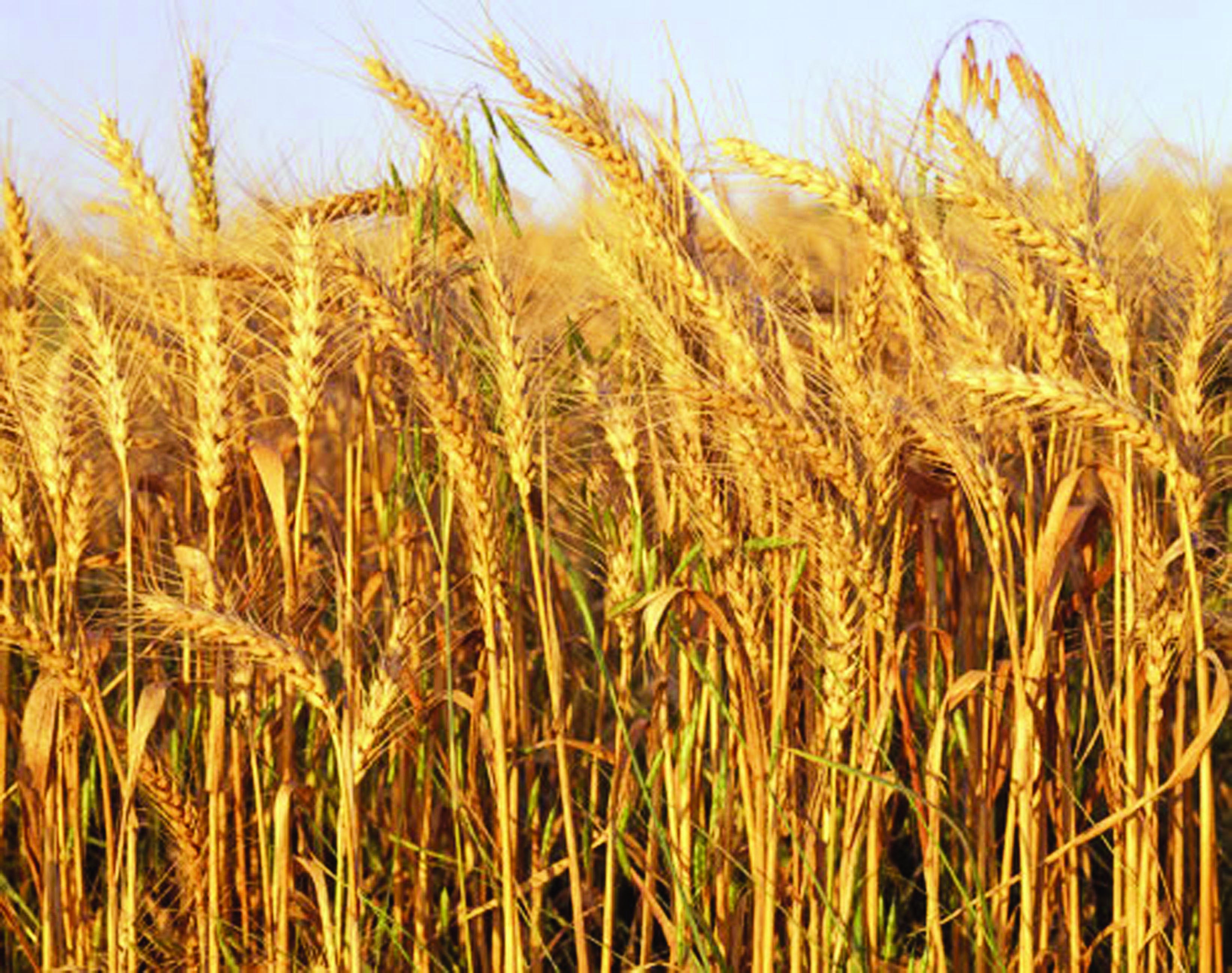A SEVERE shortage of combine harvesters has affected this year’s harvesting of the winter wheat crop before rains kick off next month, farmers told BusinessDigest this week.
They said a potential crisis was looming in the sector as 80% of the crop was still in the fields.
Zimbabwe requires a fleet of 600 combine harvesters for its winter and summer wheat crops.
But farmers said there were only 200 combine harvesters in the country.
Of the 200, only 150 were working. Shortages of combine harvesters were compounded by a fuel crisis at the onset of the harvesting season.
However, the fuel crisis has since been resolved, according to Zimbabwe Commercial Farmers Union president Shadreck Makombe.
He said only 200 000 tonnes of this year’s winter wheat has been transported from the fields since harvesting commenced last month, leaving 50 000 tonnes in the fields.
The country projects to harvest 250 000 tonnes of wheat this year from the 50 000 hectares devoted for the crop.
“At least80% of the crop is still in the fields,” Makombe said.
“The challenge has been diesel which has since been resolved. However, combine harvesters are still in short supply. The early rains affected some of the wheat. Harvesting is progressing slowly due to combine harvester shortages. We are racing against time. We are expecting about 250 000 tonnes. But the national demand is about 400 000 tonnes,” he said.
Most of the country’s farmers cannot afford to purchase their own harvesting equipment.
According to Chinese e-commerce company, Alibaba.com a V-river, 5 640kg combine harvester costs about US$21 000.
Economist Victor Bhoroma said the government must explore sustainable policies that will give farmers the capacity to access funding from banks and buy their own implements.
This includes giving A1 and A2 farmers title deeds to their farms.
“Any supply bottlenecks or delays in production will lead to shortages of wheat and bread. A shortage of combine harvesters increases the cost of production,” Bhoroma said.
“The government can facilitate commercial bank schemes for purchasing combine harvesters for wheat farmers at competitive repayment terms. One such facility is the John Deere farm mechanisation loan scheme which was launched in June,” he said.
In June, President Emmerson Mnangagwa launched the US$51 million John Deere facility that will see beneficiaries acquire farm implements, including combine harvesters.
Participating farmers were assessed for their creditworthiness by participating banks.
The John Deere facility will allow for the purchase of 1 300 tractors, 80 combined harvesters, 600 planters, 200 disc harrows, 100 boom sprayers and 100 trailers. Enock Rukarwa, a research and investment analyst, said efficient wheat production is capital intensive.
He said combine harvesters were an important part of the wheat production process.
“Wheat is the second most strategic food crop in Zimbabwe after maize,” Rukarwa.
“The wheat value chain is quite long. It includes input suppliers, producers, traders, processors and consumers. Disruptions at one level have disastrous consequences through multiplier effects,” Rukarwa told BusinessDigest.
“Alternative solutions to combine harvester shortages are supply-side incentives like reduction in taxes and tariffs. A direct subsidy can go a long way in addressing wheat productivity as long as the distribution process is efficient and free of negative distortions,” he said.






